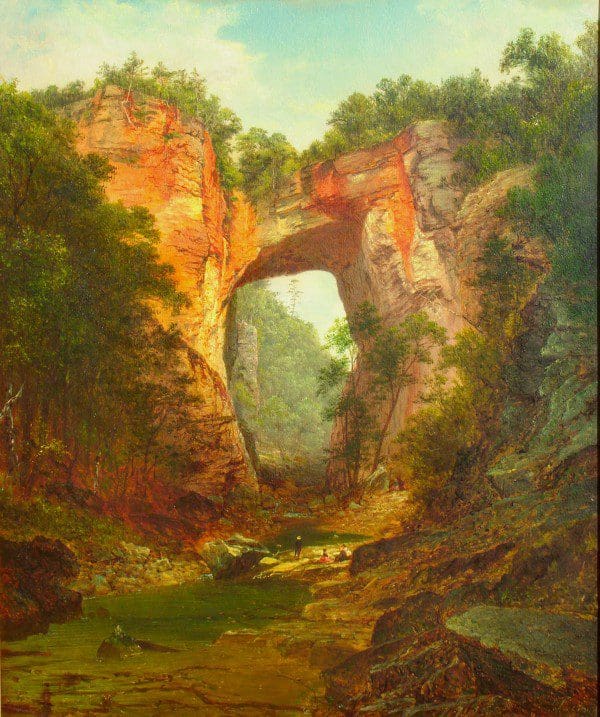
Eons ago, a tributary of the mighty James River cut a gorge through what is now known as Rockbridge County, Virginia. It forced its way through the porous limestone and ran through caverns of the mountainous terrain. At some point, one of those caverns collapsed, exposing a dramatic geological arch spanning a deep ravine. Virginia’s Natural Bridge, once the ceiling of the cavern, now stands a soaring 215 feet above Cedar Creek and is considered one of the Seven Natural Wonders of the New World.
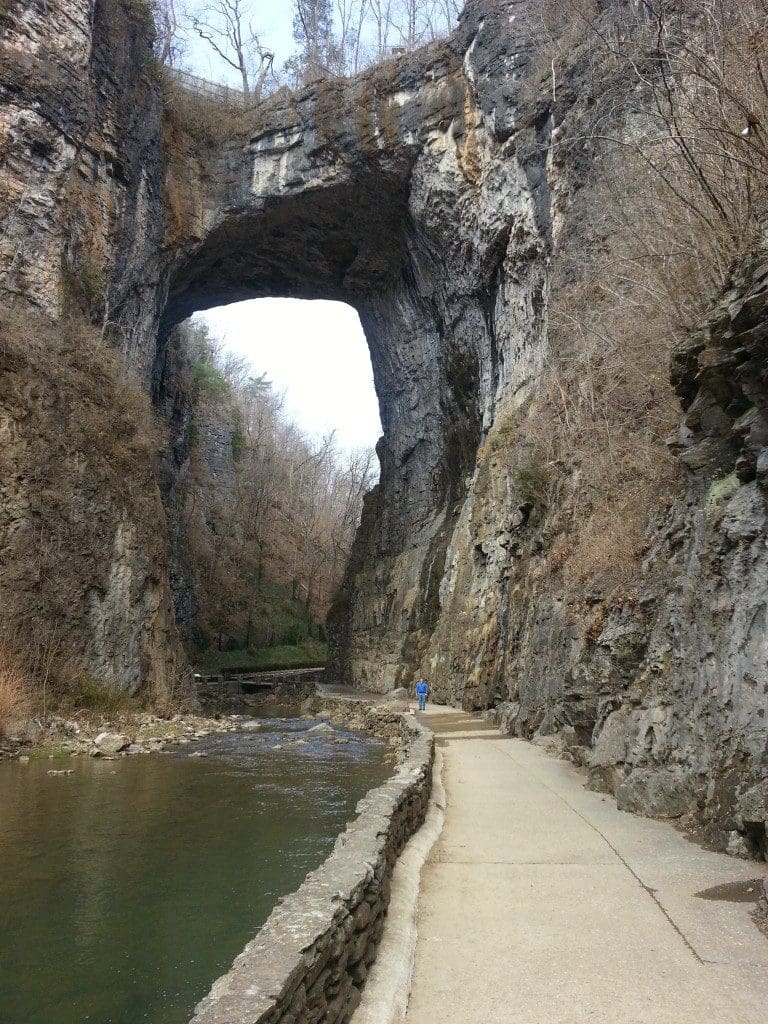
Virginia’s Natural Bridge is listed on the National Register of Historic Places, and is designated as both a National and Virginia Historic Landmark. Folklore says that George Washington surveyed the area in 1750 and his initials carved into the wall of the bridge support the story. It is fact that Thomas Jefferson purchased the Natural Bridge and 157 surrounding acres from King George III in 1774 for 20 shillings. He built a two-room cabin on the property as a retreat for himself and guests, making Virginia’s Natural Bridge one of the oldest tourist destinations in the United States. The property remained privately owned, but open to guests for more than two centuries. In February 2014, the last owner, Angelo Puglisi, generously donated the landmark bridge and 188 acres to the Virginia Conservation Legacy Fund (VCLF), with the provision that VCLF will deed it to the Commonwealth of Virginia to become a Virginia State Park. Commenting on the new ownership, Puglisi said,
“This incredible property is filled with inspiring splendor and history. I am pleased that this national landmark—once owned by Thomas Jefferson and surveyed by George Washington—now has a path into the Virginia State Park system that will allow upcoming generations to enjoy it just as I have enjoyed it.”
Today, a 90-room hotel offers guests beautiful mountain views and locally sourced southern cuisine. Just below the hotel is the Rockbridge Visitor’s Center with a large gift shop and ticket sales. We particularly enjoyed a lengthy conversation with Henry, a most knowledgeable docent, about the Civil War history of the area.
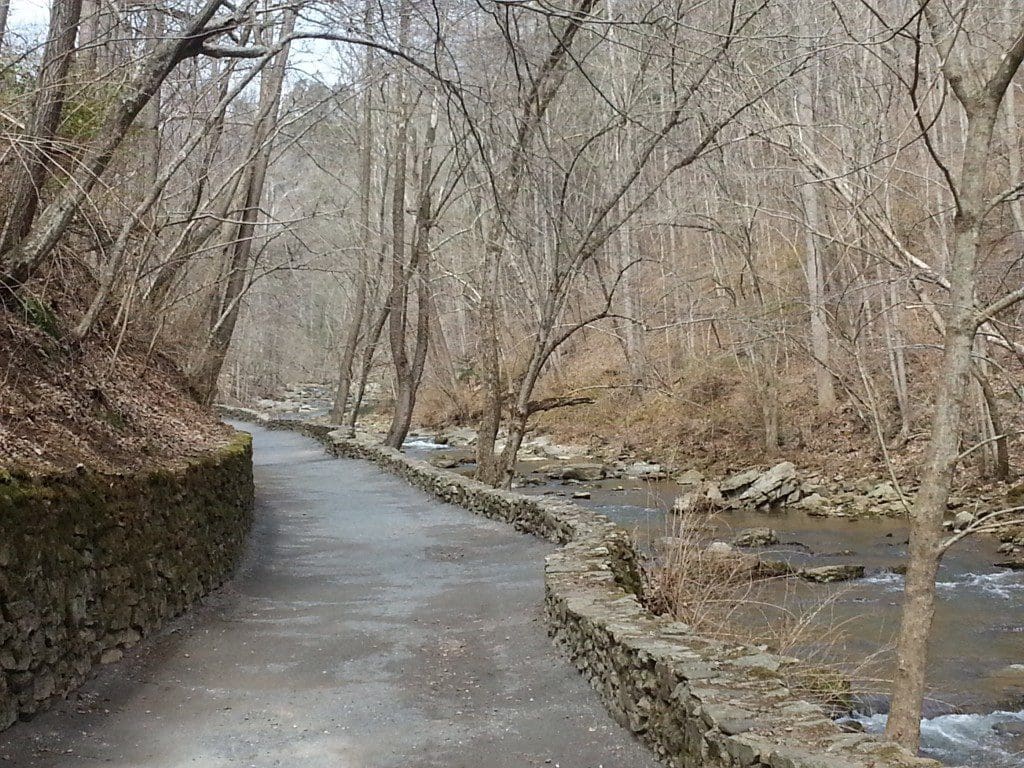
Virginia’s Natural Bridge is accessed by a short hike along the Cedar Creek Trail, beginning with 137 steps descending from the Visitor’s Center along the bubbling Cascade Falls. Strollers, wheelchairs and those who don’t want to navigate the steps can take a shuttle to the bottom where it’s a very short distance along a relatively flat, graded trail to the massive arch. Within about 100 yards, bench seating is provided for the pageantry of an inspirational sound and light show called “the Drama of Creation” which is played out upon the arch each dusk.
The Cedar Creek nature trail ambles alongside flowing water of the same name, under the 20-story tall natural bridge and on to a Monacan Indian Living History exhibit. In March 2014 it was under reconstruction; however, when reopened, visitors can step back 300 years to before white men discovered the area and learn about cooking, tool production, pottery, basket weaving and gardening in a typical Monacan settlement.
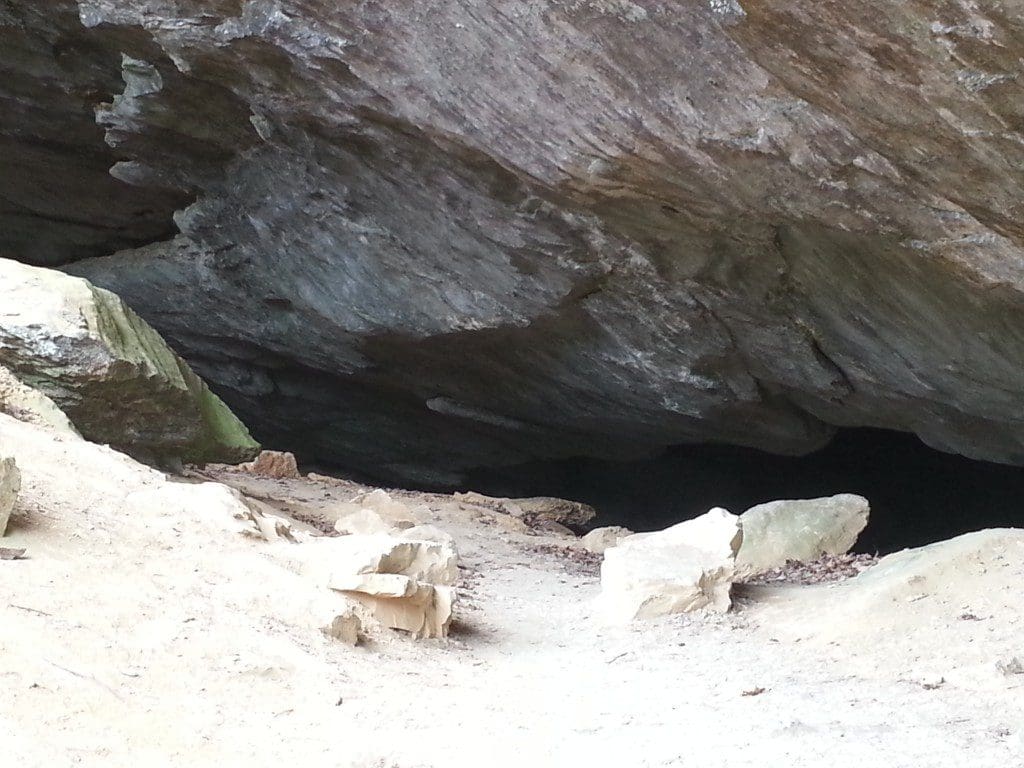
A short walk further along the trail is a an old saltpeter mine used during the Revolutionary War and the War of 1812 for collecting raw materials for gunpowder production, and the Lost River, a mysterious underground channel of water that now spills into Cedar Creek. The mile-long trail ends at Lace Falls, a lovely 50-foot cascade of the crystal clear Cedar Creek.
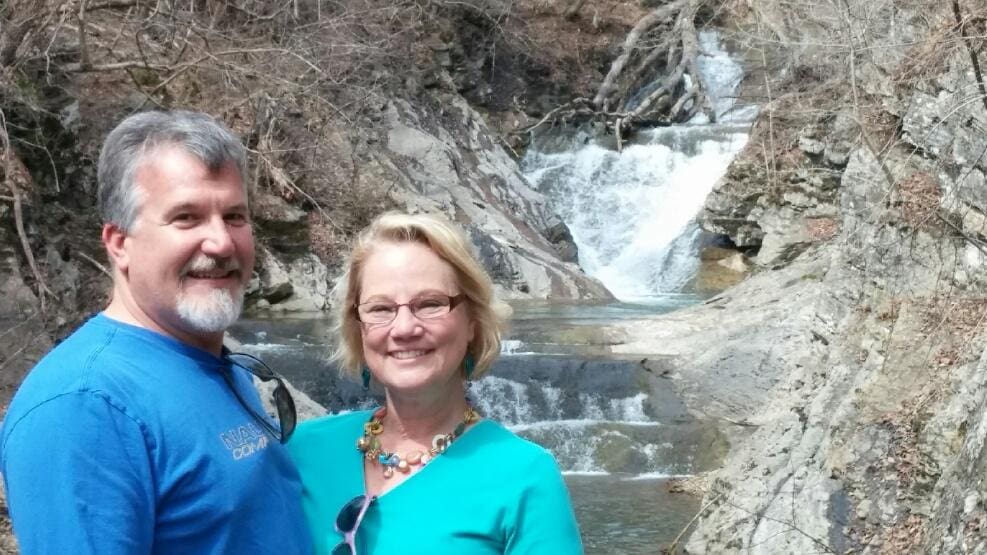
Within a five-minute drive from the Visitor’s Center, Natural Bridge Caverns are open seasonally March through November. Visitors to the caverns descend 34 stories below ground on a 45-minute tour. Natural Bridge Caverns don’t have as many unique formations as some of Virginia’s other seven caverns, but it’s definitely worth a visit.
Virginia’s Natural Bridge is yet another one of the treasures of this beautiful state! For help planning your Virginia exploration. contact Covington Travel’s vacation experts.







Leave a Reply